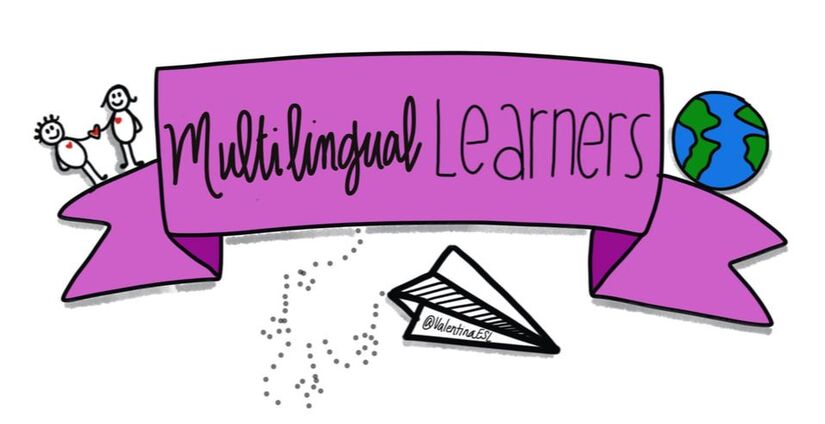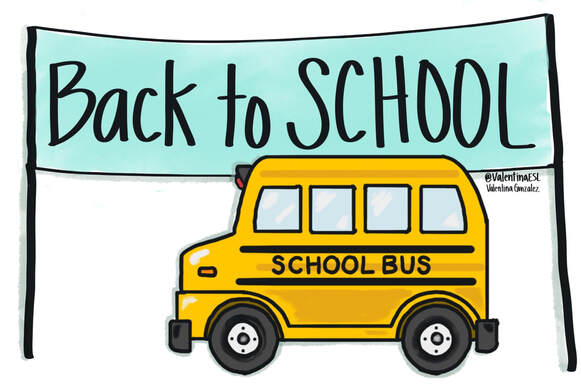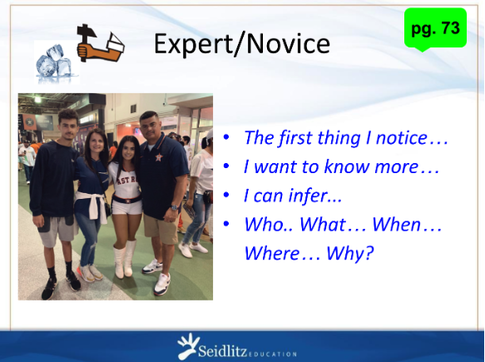|
The first few days of school lay the groundwork. They help to create a foundation and atmosphere for the rest of the year. Here are a few of my favorite ways to start the year off with students. You can adjust these to meet your students’ age level, but mostly they can be accommodated to fit K-12. I picked these activities because they keep ELs at the heart by building community, encouraging interaction, lowering the affective filter, and they can be used later in the year for more academic lessons. 1. Scavenger Hunt A good old fashioned scavenger hunt is a great way to get kids moving and help them get to know one another. You could create a scavenger hunt around finding things in your classroom, for example the “Turn in assignment tray” or the folder for absent work. You could also create a scavenger hunt based on your syllabus or the textbook. Students could work in groups or pairs to find important dates, chapters, etc. One more way to use a scavenger hunt at the beginning of the year would be to find peers. For instance, find a classmate with similar shoes, or find a classmates born in the month of September, etc. 2. Flipgrid If you enjoy using technology or you want to try implementing tech in your classroom, Flipgrid might be your thing! It’s a great platform for students to share a quick video recording. You assign a topic of conversation, they record their reply, and view and respond to their classmates. They can view their own response and redo it before posting it. I’ve found that shyer students tend to like Flipgrid as a way of speaking up in class. The tool empowers student voice. At the beginning of the year, assigning students to share who they are, how to correctly pronounce their name, and something we wouldn’t know by looking at them or a fun fact works well. Be sure to share your own so students have an example and get to know you as well. 3. It’s in the Bag Bring a bag to class filled with 10 objects that tell something about you. This will help students get to know you and build connections. In my bag, I might bring a book because I love to read, a fire truck toy because my husband is a firefighter, a tiny globe because I travel and love the world, etc. Then ask students to bring a bag filled with 10 objects that represent themselves. Over the next few days, provide time for a few students daily to share. Throughout the year, this method can be used for content learning too. Students can bring in objects related to a specific unit of study and share in groups why they belong. 4. Expert/Novice Students bring a picture from home, select one from their phones (if allowable), choose an object from their belongings (such as in their backpack). They are the expert on this picture/object. They pair up and use question/sentence stems to get to know one another. Let them meet with several peers. I begin by sharing one myself (see below). The class asks me questions with the option to use the sentences stems provided. This activity is later used for content too. For example, students select a vocabulary word or a section from the unit that they feel they are experts on. They pair up and hold their expert/novice conversations. This activity can be found on page 73 in 7 Steps to a Language Rich Interactive Classroom by John Seidlitz and Bill Perryman. 5. Heart Map
As a teacher, this was one of my favorite activities at the beginning of the year and my students loved it too. I learned about it from Georgia Heard who wrote a book on the topic called Heart Maps. I gave them a black line heart on white paper and inside they drew and illustrated all the people, places and things that they love. I shared with them my example as a way for them to learn more about me and my experiences. But I also showed them examples I saved from former students. After creating their Heart Maps, they shared with their classmates too. Heart Maps (HM) continued to be used throughout the year for writing inspiration. Students looked back at their HM to decide on topics they wanted to write about. For instance, one student drew a picture of her grandmother. Later that year she wrote a biography of her grandmother, a story about a time she and her grandmother made special Mexican cookies together, and a how-to take care of your grandmother. This link will take you to some handouts and more directions on Heart Maps. 6. Read Aloud There are many wonderful choices for a first day read aloud. Reading aloud to any age group of kids is beneficial. Even secondary students can benefit from a teacher reading aloud to them. Read alouds, especially on the first day, tend to create a calming atmosphere as well as build community. Here are some popular first day read alouds: Here are some additional first week activities that I won’t go into detail about but are popular and worth mentioning: Learner Surveys, Social Contracts, Time Capsules, Bingo, Tic-Tac-Toe, 2 Truths and a Lie. All in all, the goal is to build community from day one and then to sustain it. If we want students to learn, think, and get along, then creating an atmosphere that breeds those qualities is key. Feel free to leave a comment with a first week of school activity that you love!
1 Comment
Dena Farah
9/13/2019 05:41:11 am
Thanks for all the great ideas and resources! I would like to recommend a book to possible add to your list for First Day Read Alouds: Teach Us Your Name by Huda Essa. Check it out, it doesn't disappoint.
Reply
Your comment will be posted after it is approved.
Leave a Reply. |
Categories
All
|



 RSS Feed
RSS Feed
